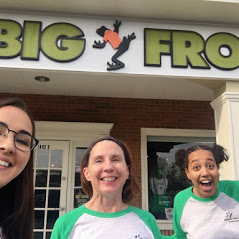We recently connected with Tracey Carothers and have shared our conversation below.
Tracey, thank you so much for joining us and offering your lessons and wisdom for our readers. One of the things we most admire about you is your generosity and so we’d love if you could talk to us about where you think your generosity comes from.
My generosity stems from a belief that every individual harbors a secret power—a hidden potential waiting to be discovered, like treasure concealed within a forgotten forest. My gift, I’ve come to realize, is to help others uncover these inner wonders, to shine a light upon their own strengths as if illuminating a darkened path. When I first encountered the Myers-Briggs concept of the “Advocate,” the title felt like more than just a label; it resonated deeply with a purpose I’d felt within me for as long as I could remember. The Advocate, with its promise of empathy and insight, became a mirror, revealing my truest self.
My generosity is not grand or performative; it is quiet, dwelling within the subtle realm of human connection. It senses the unspoken and the nuanced emotions—the way someone sits with their sadness or their joy—and meets them there, in that exact moment. I’m reminded of an afternoon in New York City, sitting in the back of an Uber, listening as the driver shared the grief he felt for his grandmother’s fading spirit after his grandfather passed away. He mourned her retreat, the dimming of a once-vibrant light. As I listened, I could sense the weight he carried—not only for her loss but for his fear of a light he thought had been lost.
In that brief connection, I shared with him what he could not yet see: her light had not vanished but had turned inward as she tended to her own healing. It was not his task to reignite her or pull her back prematurely. Rather, his role was to love her quietly and give her the space to rekindle her own flame when she was ready. As this understanding settled over him, I saw a shift—a release. He, too, found the freedom to let go of his worries and simply *be* present with her, in her journey.
Generosity is often misinterpreted as loud gestures or a tallying of favors. In truth, it is a quiet, unspoken offering of the heart. True generosity is limitless, unbound by expectation or desire for reciprocation. Whether it’s a moment shared with a stranger or a lifelong commitment, generosity means seeing another fully and helping them see themselves. Perhaps the most generous act is simply this: to hold up a mirror, to gently reveal the traps their mind has set, and to walk with them until they are ready to move forward, onto the next chapter of their journey.
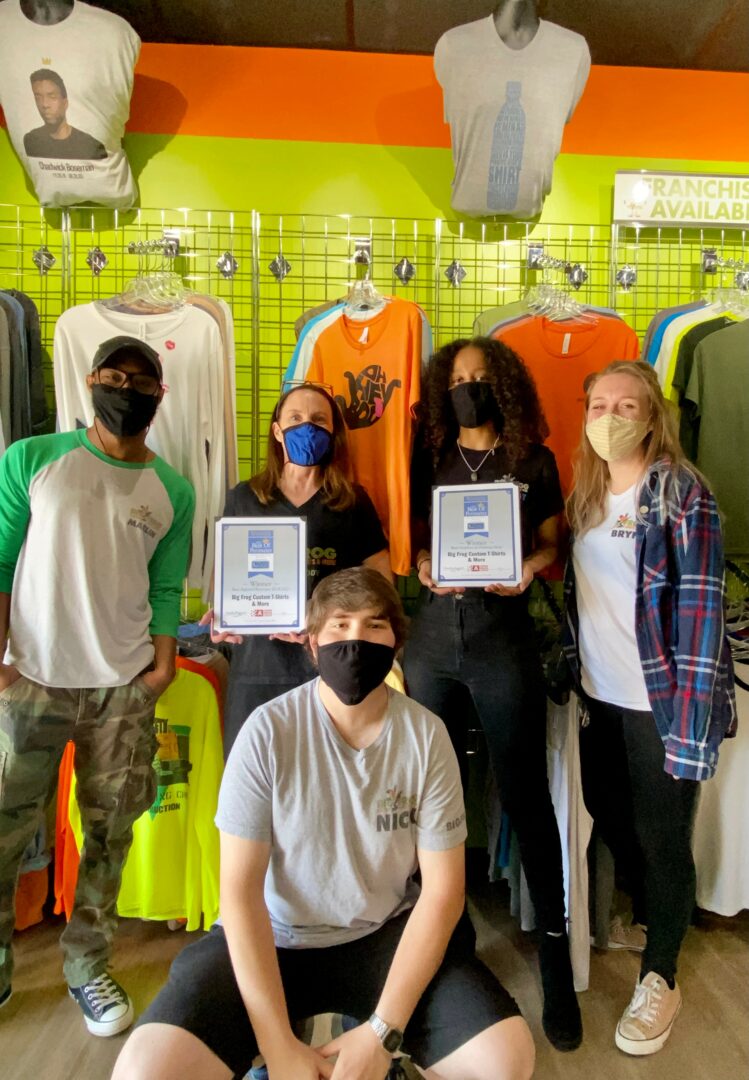
Let’s take a small detour – maybe you can share a bit about yourself before we dive back into some of the other questions we had for you?
Telling the story of me!
I started to write an article on how I became a small business owner after working in Corporate America ™ for 20+ years. What I found myself writing was a calendar of events chronicling what happened and when. It just wasn’t very interesting to me. It missed that connection of heart and mind. I’m sure y’all can relate to listening to a run-down of events when you ask someone how they are doing.
They’ll dive into a chronological order of the event. You’ll hear when they left the house, how the LYFT drivers car smelled, when they arrived at the restaurant, and when the show started. You may also get what they were annoyed with. What you often don’t hear is how they might have grown, what new experience caused that ah-ha moment in their hearts, how they felt during the experience and what emotions they are now feeling.
I started to think about the great storytellers in my life. My long-time Pennsylvania friends, Michael P Holland and Amy Zimmerman-Holland immediately surfaced to mind. Hands down, Michael is one of the most amazing teller o’tales that I know. At Penn State, back in the early 90’s, he would participate in Open Mic and Battle of the Bands nights at The Hub and local bars.
Michael would weave tales in full visceral glory – you would know exactly which Bruce Springsteen song he heard, that was influenced by a Woody Guthrie ballad, detailing the union fights that was happening around the Woody song to such a degree that you felt like you were there when Bruce wrote the song and simultaneously with Woody when he wrote his song. Michael would then loop in his friends and family to the story, detailing their influences and gaffs. You would laugh, be transported for a few minutes and finally he would bring us all home with how he personally connected. Michael could (and still can) describe his emotions of a moment in such a way that you felt it as well. You knew when his heart fell and tumbled into the love of his life. You experienced that joy, wonder, and elation with him. By being vulnerable, all of us were able to vicariously live that experience.
Amy Zimmerman-Holland weaves her tales into pottery, watercolors, and teaching. She shares of herself through her artistic medium, and you feel her art and craft telling you the story of a complex love of family, simplifying the natural and connecting people with their emotions. Her strongest expressions in art are subtle, exquisitely soothing, and radiate a kindness that you hope to live up to. Amy has been telling her stories in art for decades and has truly found her voice for the important and mundane stories that touch and impact her life.
I wanted to share the story of my lovely friends, as their examples of very different storytelling styles let me see that what I am doing in my business is another form of helping others tell their stories. The first 20+ years of my career was spent working at two ISP’s. I knew that I was supporting millions of customers to connect to the larger world; to education, to their higher goals, to work and infinite communities, yet I didn’t connect to the end user.
I had incredibly smart, kind, and contentious colleagues, that challenged, educated, made me laugh, and helped me be the leader that I am. The most amazing part was marrying one of my co-workers, who happens to also be the Best Husband Ever (BHE). I am still connected to many of my former co-workers. I am so fortunate to have them stop by the store or drop me a note.
When I left the company after 15+ years, I may have had a small identify crisis. People that I worked with the entire time, were just suddenly not in my life. It was a bit lonely and rather motivating. One really small but wonderful change was that I no longer had to look at email every 5 minutes. It is liberating to no longer have to be hyper-available 24/7. It’s relaxing and allows creativity to come back. I really learned a lot of new sewing and quilting techniques thanks to the Best Mother-in-Law Ever. For the first time in decades, I was able to learn a new hobby and really make some cool-to-me things. I will forever be happy and charmed that Sherill taught me so much.
I also needed to figure out the ambitious ‘too big of a goal to get’ goal. The cool thing in working on starting a business? All of my connections came through! I called all kinds of people for their expertise, knowledge, mentoring and to contract with them to do all the things. They also leveraged their networks to make sure I was able to get here.
I wasn’t alone at all and really, loneliness was just a feeling created from the thought of not seeing the same people anymore. My paradigm shifted and I took a bunch of small actions to get to the big goal!
So back to the art of storytelling. I see my role of Chief Frog at Big Frog Custom T-Shirts of Dunwoody as providing the place and space for every story to come alive. Our customers stories are so fascinating, special, and uniquely their own. I now have this amazing place where our stories briefly intersect and we can help bring it alive.
While I now own a T-Shirt Store (how cool is that?!) I see it as a larger entity than just a humble garment decorator. My team and I are helping others build a new memory and a new story. It makes me feel incredibly fulfilled, excited and a bit giddy.
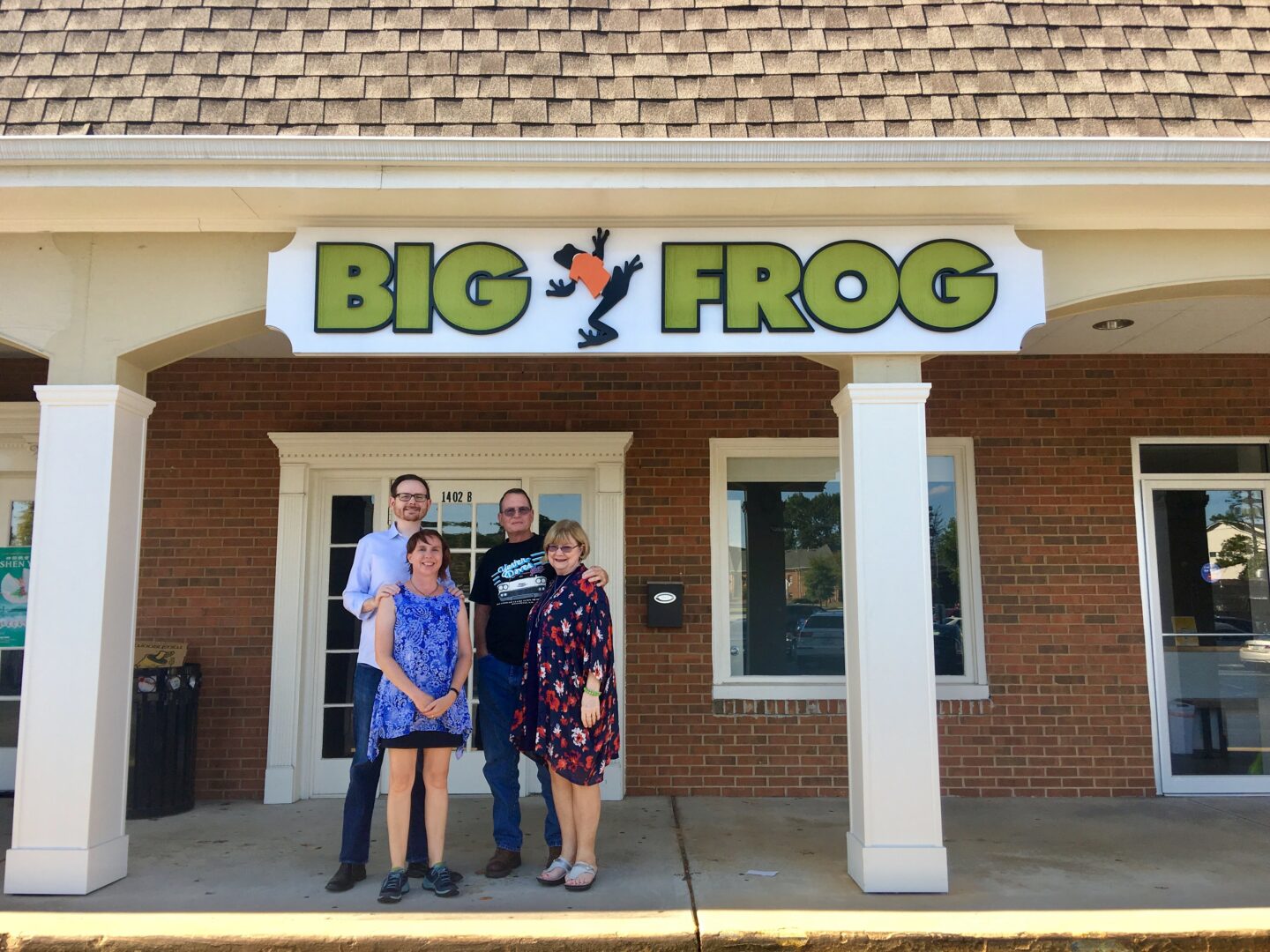
Looking back, what do you think were the three qualities, skills, or areas of knowledge that were most impactful in your journey? What advice do you have for folks who are early in their journey in terms of how they can best develop or improve on these?
Most important things in life:
1. Learn to advocate for yourself and loved ones in all areas of life
2. Learning to appreciate the discomfort that you feel when learning new skills – working through the super frustrating parts is what builds your skills.
3. Most feelings last 90 seconds – instead of forcing the bad emotion away, allow it and breathe deeply through the emotion. When you identify and name the feeling you strengthen your Emotional Intelligence and gain mastery of yourself.
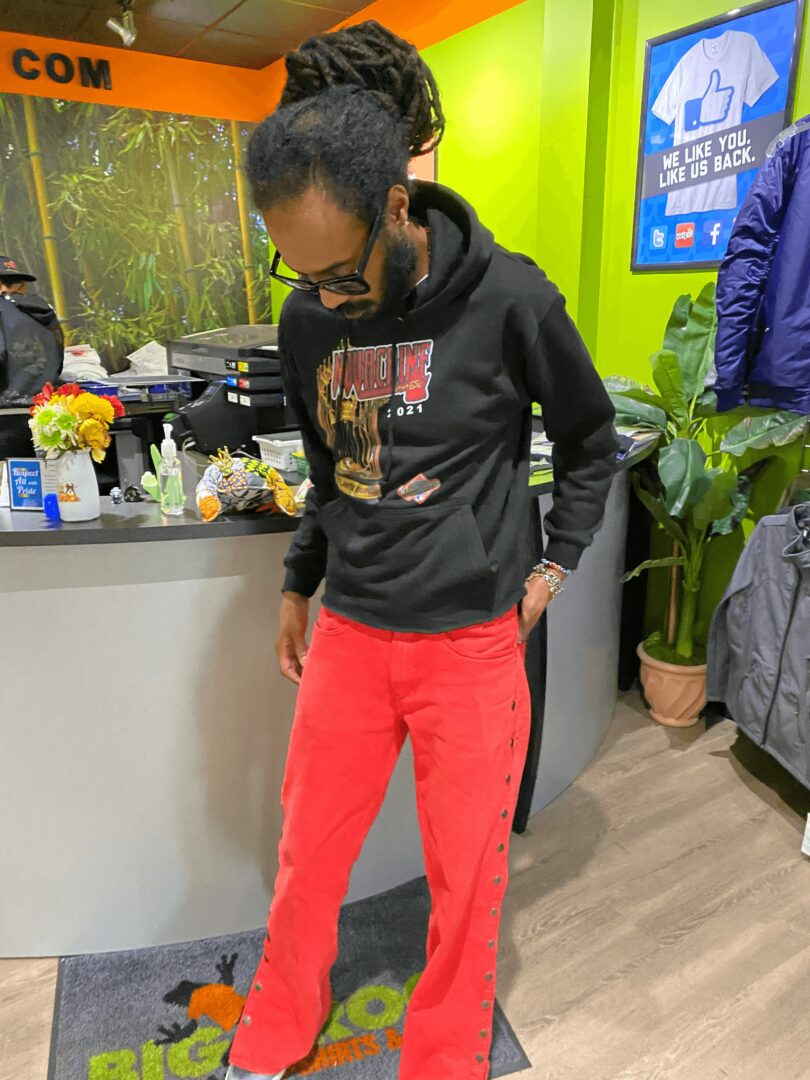
Awesome, really appreciate you opening up with us today and before we close maybe you can share a book recommendation with us. Has there been a book that’s been impactful in your growth and development?
There’s a thread that binds these authors together, weaving their ideas into a shared tapestry of existential reflection, the absurdity of life, and the deep, often paradoxical nature of human existence.
Hermann Hesse’s *Steppenwolf* and *The Glass Bead Game* invite us into a world of dualities—where the tension between the individual and society, the spiritual and the intellectual, takes center stage. Hesse’s characters wrestle with these forces, as they seek transcendence or succumb to despair. His narratives feel like a quest, a journey toward meaning that is always just out of reach. Sartre, on the other hand, strips away the veil of mysticism and instead offers us the raw, relentless confrontation with the absurd. In works like *Being and Nothingness* or *No Exit*, human existence is presented as fundamentally free, yet deeply burdened by the weight of that freedom. There is no inherent meaning, only what we create—and in that lies both terror and possibility.
Then comes Gabriel García Márquez, whose magical realism softens the existential blow but doesn’t evade it. His characters move through worlds where the fantastical is folded into the everyday, where love and death are inextricable. In *One Hundred Years of Solitude*, the cyclical nature of time mirrors the existential repetition Sartre speaks of, but García Márquez embeds this within a cultural, historical fabric, making the question of meaning something both personal and collective.
Finally, Kurt Vonnegut’s satirical wit ties all these philosophical musings together with a sharp, often bleak humor. Works like *Slaughterhouse-Five* and *Cat’s Cradle* take existentialism and human folly to the extreme, as he questions not only the absurdity of life but the absurdity of the systems we build around it. Vonnegut’s voice cuts through the heaviness with a laugh that is, at times, more unsettling than comforting—a reminder that, as with Hesse’s Steppenwolf, we are both the wolf and the man, the fool and the wise.
Together, these authors explore the fragility of the human condition, each from their own unique lens, yet united by a desire to peel back the layers of existence and see what lies beneath. Their works form a dialogue on what it means to be human in a world that offers both wonder and despair, often in the same breath.
Contact Info:
- Website: https://www.bigfrog.com/dunwoody/
- Instagram: https://www.instagram.com/bigfrogdunwoody/
- Linkedin: https://www.linkedin.com/in/bigfrogdunwoody/
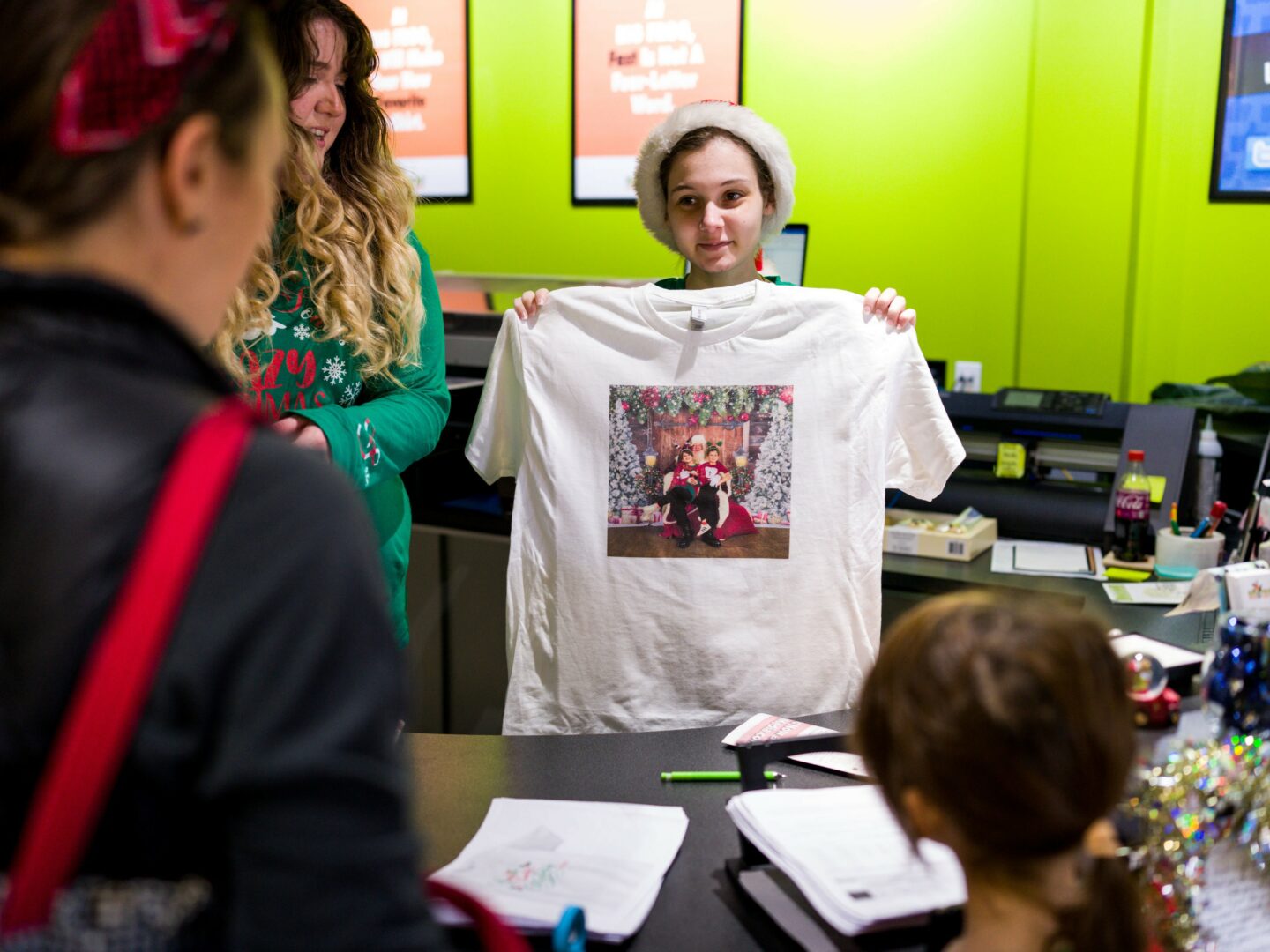
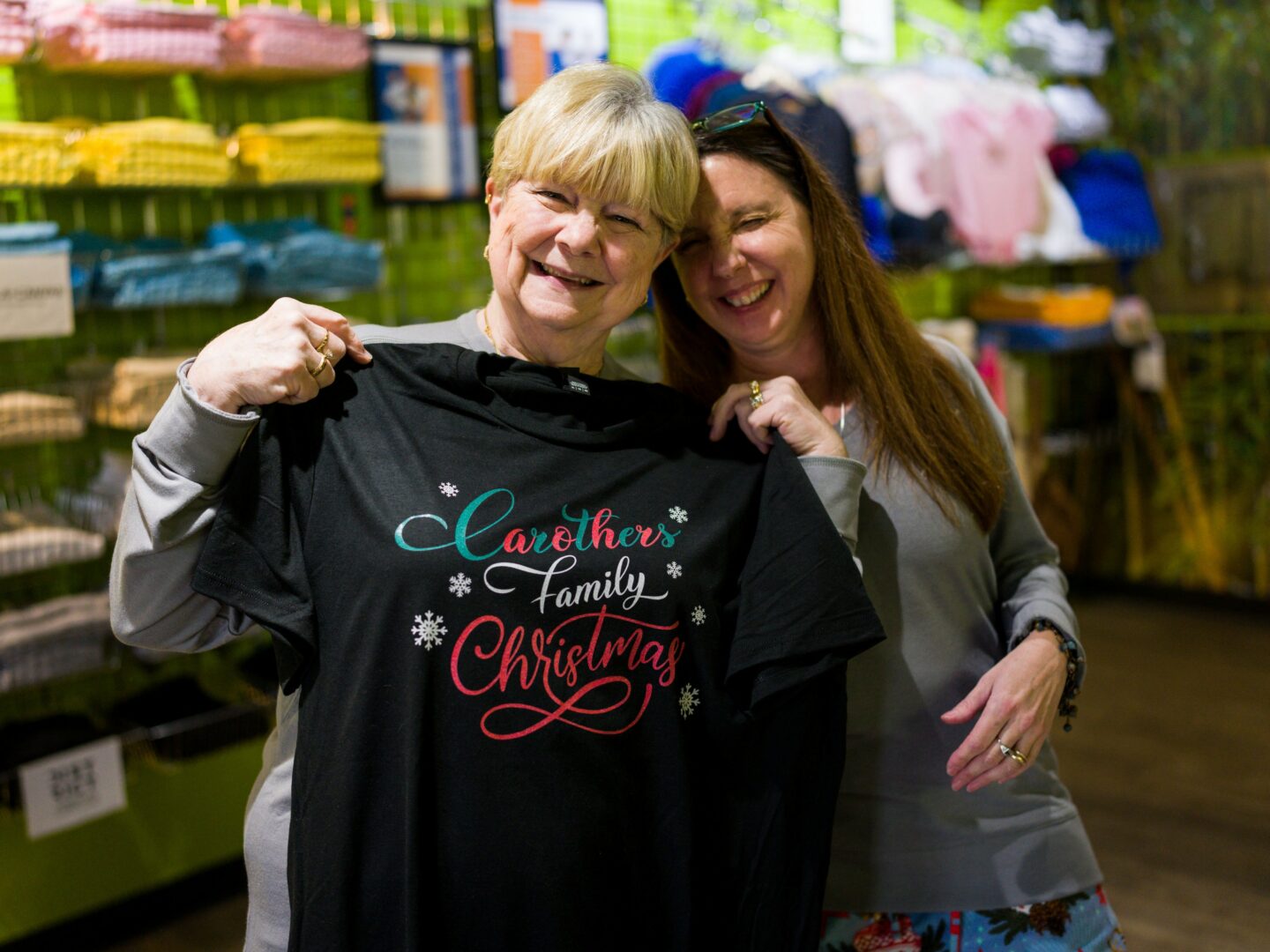
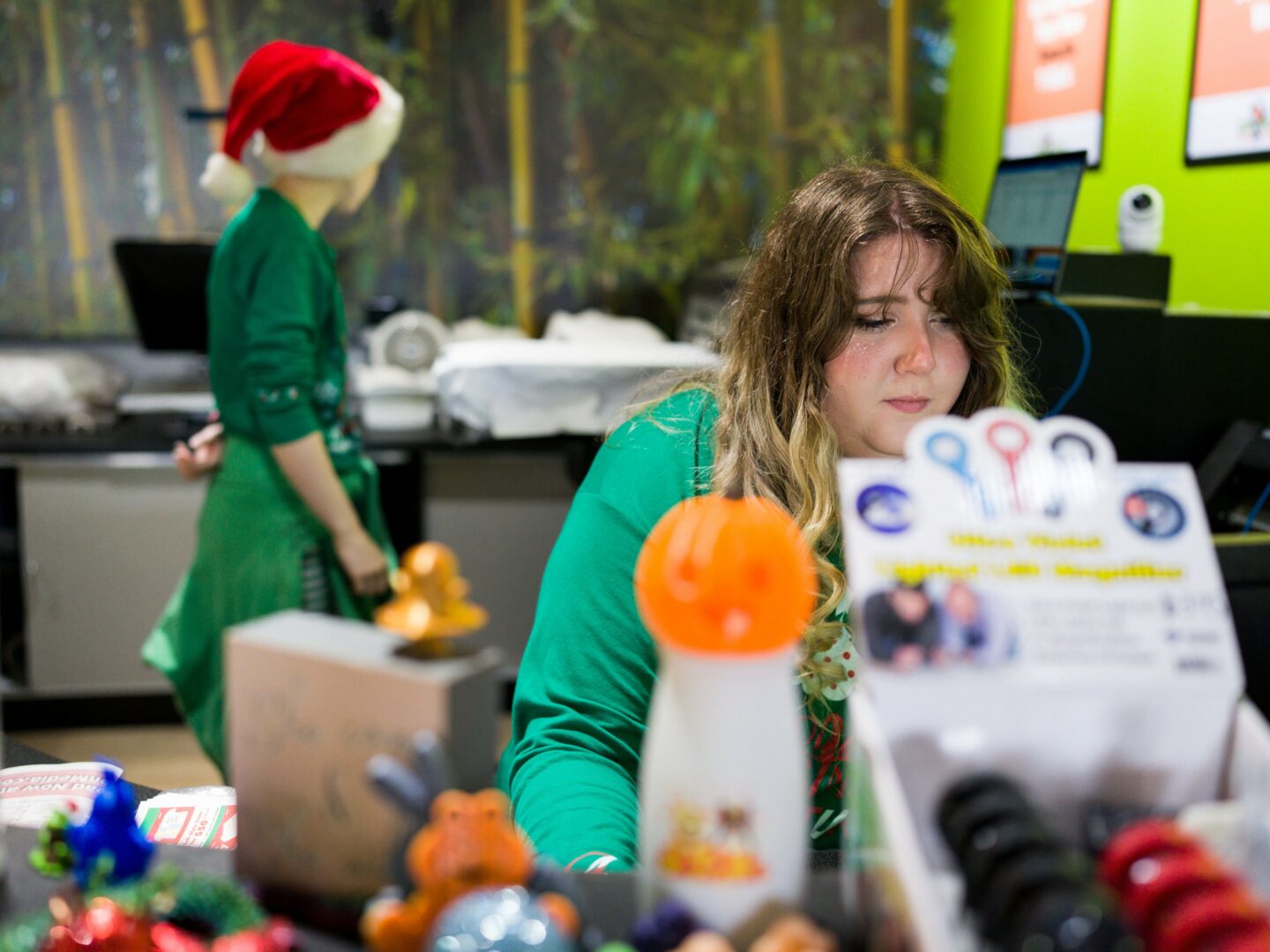
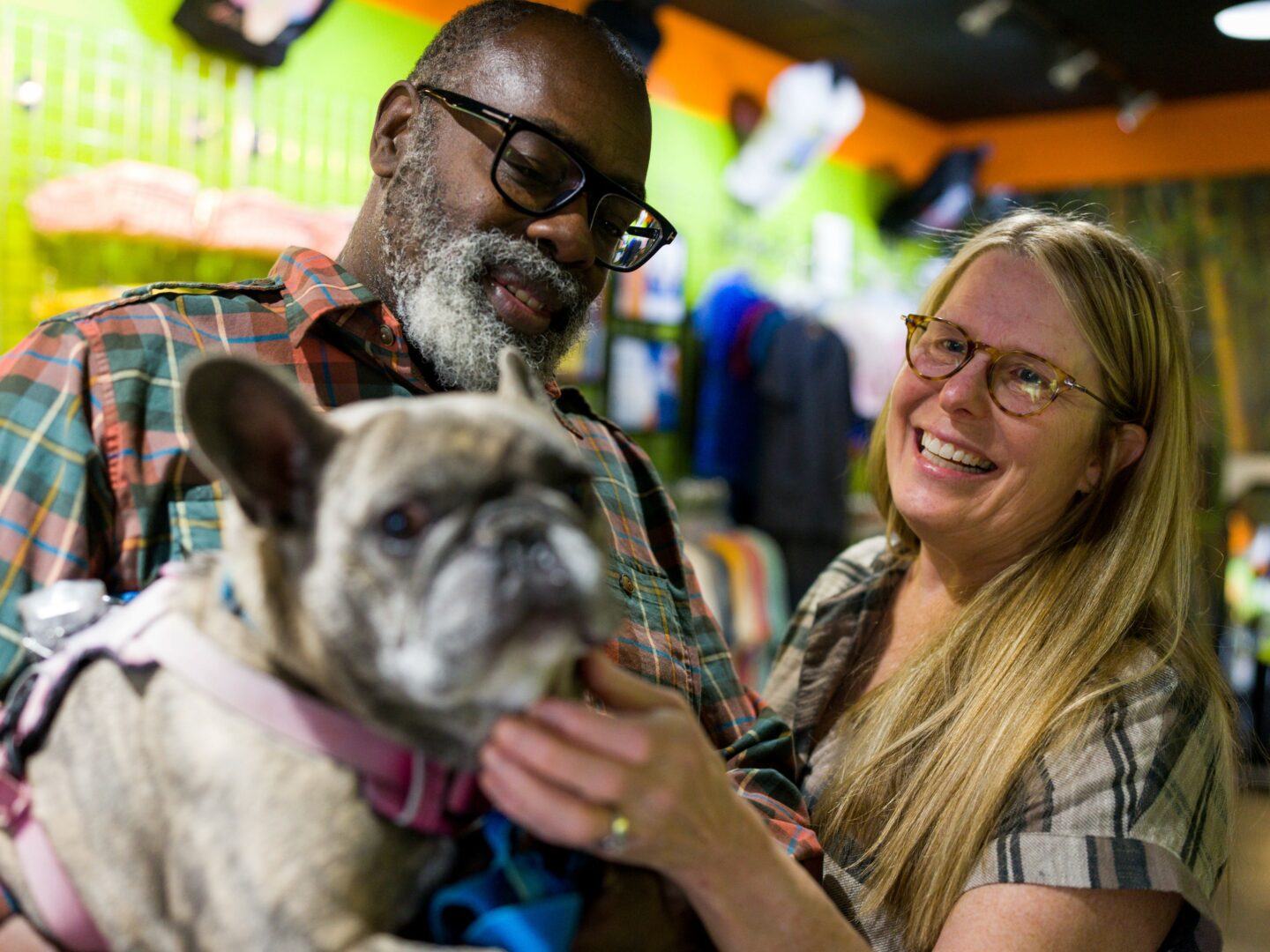
Image Credits
Tracey Carothers
Ben Lipford Photography
so if you or someone you know deserves recognition please let us know here.

